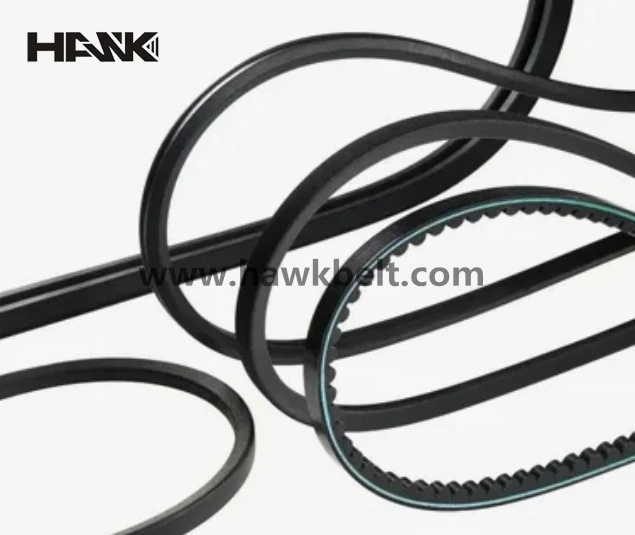- Arabic
- French
- Russian
- Spanish
- Portuguese
- Turkish
- Armenian
- English
- Albanian
- Amharic
- Azerbaijani
- Basque
- Belarusian
- Bengali
- Bosnian
- Bulgarian
- Catalan
- Cebuano
- Corsican
- Croatian
- Czech
- Danish
- Dutch
- Afrikaans
- Esperanto
- Estonian
- Finnish
- Frisian
- Galician
- Georgian
- German
- Greek
- Gujarati
- Haitian Creole
- hausa
- hawaiian
- Hebrew
- Hindi
- Miao
- Hungarian
- Icelandic
- igbo
- Indonesian
- irish
- Italian
- Japanese
- Javanese
- Kannada
- kazakh
- Khmer
- Rwandese
- Korean
- Kurdish
- Kyrgyz
- Lao
- Latin
- Latvian
- Lithuanian
- Luxembourgish
- Macedonian
- Malgashi
- Malay
- Malayalam
- Maltese
- Maori
- Marathi
- Mongolian
- Myanmar
- Nepali
- Norwegian
- Norwegian
- Occitan
- Pashto
- Persian
- Polish
- Punjabi
- Romanian
- Samoan
- Scottish Gaelic
- Serbian
- Sesotho
- Shona
- Sindhi
- Sinhala
- Slovak
- Slovenian
- Somali
- Sundanese
- Swahili
- Swedish
- Tagalog
- Tajik
- Tamil
- Tatar
- Telugu
- Thai
- Turkmen
- Ukrainian
- Urdu
- Uighur
- Uzbek
- Vietnamese
- Welsh
- Bantu
- Yiddish
- Yoruba
- Zulu
Samh . 04, 2024 12:55 Back to list
Understanding Power Transmission Belts for Enhanced Mechanical Efficiency and Performance
The Importance of Power Transmission Belts in Modern Machinery
Power transmission belts are an essential component of many mechanical systems, crucial for transferring energy from one component to another. These versatile belts are utilized in a wide variety of applications, ranging from automotive engines to industrial machinery, and play a pivotal role in ensuring the smooth operation of numerous devices in our daily lives. As technologies evolve, so do the materials and designs of these belts, leading to improved efficiency, durability, and performance.
Types of Power Transmission Belts
Power transmission belts are primarily classified into three main types V-belts, flat belts, and synchronous belts.
1. V-Belts The most common type of power transmission belt, V-belts have a trapezoidal cross-section that allows them to easily fit into grooves of pulleys. This design enhances grip and reduces slippage, making them ideal for applications requiring high torque. V-belts are widely used in automotive applications, HVAC systems, and various industrial machinery.
2. Flat Belts These belts are typically used in applications where the distance between pulleys is greater, allowing for a smoother power transmission over long distances. They are often made from materials like rubber or fabric composites. While they have a lower ability to transmit torque compared to V-belts, flat belts are advantageous due to their simplicity and effectiveness in specific settings, such as conveyor systems.
3. Synchronous Belts Also known as timing belts, these belts have teeth along their inner surface that mesh with corresponding gears or pulleys, ensuring precise synchronization between components. This feature makes synchronous belts popular in applications requiring exact timing, such as in automotive timing systems and CNC machinery. Their design minimizes slippage and enhances efficiency, making them highly reliable in precision applications.
Advantages of Using Power Transmission Belts
Power transmission belts offer several key advantages, contributing to their widespread use in various sectors
1. Efficiency Belts allow for efficient power transmission with minimal energy loss. They can operate at high speeds without overheating or requiring excessive maintenance.
power transmission belt

2. Noise Reduction Compared to chain-driven systems, belts tend to operate more quietly, which is especially important in environments where noise levels need to be controlled.
3. Cost-Effectiveness Belts are often more cost-effective than alternatives, such as gears or chains, not only in terms of initial purchase but also regarding maintenance and repairs.
4. Flexibility Power transmission belts can accommodate misalignment between shafts, providing a level of flexibility that can be advantageous in certain applications.
5. Lightweight Design The lightweight nature of belts reduces the overall weight of machinery, leading to savings in energy consumption and improving overall operational efficiency.
Maintenance of Power Transmission Belts
While power transmission belts are designed for durability, proper maintenance is critical for ensuring their long-term performance. Regular inspection for wear, proper tension, and alignment can prevent premature failure. Signs of deterioration, such as cracking, fraying, or glazing, should be addressed immediately to avoid unexpected breakdowns. Lubrication is typically not required for belts, but cleaning is necessary to remove any debris that could affect performance.
Innovations in Belt Technology
Recent advancements in belt technology have further enhanced the capabilities of power transmission belts. New materials, such as advanced polymers and composite materials, have been developed to withstand harsher environments and provide greater resistance to wear and heat. Additionally, the advent of computer-aided design and manufacturing processes has allowed for more precise and reliable belt production, resulting in higher performance and longer service life.
Conclusion
Power transmission belts are a vital component of modern machinery, playing a critical role in numerous applications across various industries. Their ability to efficiently transfer power while offering advantages such as noise reduction, cost-effectiveness, and flexibility makes them indispensable in both industrial and consumer products. As technology continues to advance, the evolution of power transmission belts will likely lead to even greater improvements in performance and sustainability, ensuring their relevance in future mechanical systems. Understanding their types, advantages, and maintenance will help users choose the right belt for their needs, ultimately contributing to the efficient operation of their machinery.
-
Korean Auto Parts Timing Belt 24312-37500 For Hyundai/Kia
NewsMar.07,2025
-
7PK2300 90916-T2024 RIBBED BELT POLY V BELT PK BELT
NewsMar.07,2025
-
Chinese Auto Belt Factory 310-2M-22 For BMW/Mercedes-Benz
NewsMar.07,2025
-
Chinese Auto Belt Factory 310-2M-22 For BMW/Mercedes-Benz
NewsMar.07,2025
-
90916-02660 PK Belt 6PK1680 For Toyota
NewsMar.07,2025
-
drive belt serpentine belt
NewsMar.07,2025

